Happy 2025 dearest Edible History readers. There’s a lot going on in the world right now - but here is a quick note to say something good. This entire article was inspired by a friend gifting me a can of soup. What ensued were conversations with friends and family — some of whom I hadn’t spoken to in far too long — about soup and memory and nostalgia. So if I may boldly suggest taking any practice into the new year, perhaps take this: reach out to that person who is on your mind but you haven’t talked to in a while. Wonderful conversations can unfold - even about soup.
This past Thanksgiving, a dear family friend (and reader of this newsletter!) gave me a can of Habitant Soup. It’s a French-Canadian soup made with yellow peas, ham, and some vegetables that often find their way into the pot (onion, carrot, celery). It’s not available in the U.S. – though like most things you can buy it online. My friend remembers it fondly from his childhood and given the nature of my work wanted me to try it. On a particularly frigid January day here in New York, I finally opened up the large yellow can, emptied its contents into a saucepan, and warmed it up.
It is a thick and stodgy concoction. It tastes an awful lot like split pea soup with ham, though a bit thicker from the addition of corn starch. In the depths of a Canadian winter this would certainly be hearty and warming. I decided to reach out to some Canadian friends and family (my maternal grandfather was from Calgary) to see what they think of the yellow soup.
I texted a friend who grew up in Montreal, “Do you know Habitant soup?” The response came quickly, “Yes!” And then, “Do you have time for a quick call?” The prompt of yellow pea soup had triggered a memory of her grandmother and a family tale too big for the confines of SMS.
Over the phone she told me about her French-Canadian grandmother who had married a widower from Prince Edward Island. He already had children from his first marriage, so her grandmother quickly found herself taking on the role of caretaker to a cohort of kids who were not particularly keen on having this new stepmother. But also at play was a complex and centuries-old division between English and French Canadians. It seems that the children possessed an air of superiority over their new French-speaking stepmother, which led to an outburst (now a part of family lore) that culminated with one child yelling, “Why don’t you just take your French pea soup and get out of here!” To which she responded, “Oh I’ll show you pea soup.” She later washed her stepchildren's clothes in Habitant soup, dyeing them what I can only imagine was a rather unappealing dark yellow hue.
Habitant soup is named after Les Habitants, the first French settlers in Canada who farmed the land along the St. Lawrence River and the Gulf of Lawrence in Quebec in the 17th century. As time passed, the terms Habitants made way for the more modern agriculteur, though the original name for these farmers endures in collective memory. Today, the Montreal Canadiens (the Montreal ice hockey team) are colloquially known as the Habs.
I spoke with a cousin who lives in Moncton, in southeastern New Brunswick. She’d been asking around her circle of friends if they had any memories of eating Habitant soup when they were younger. Many did. Though, one of her English-speaking Canadian friends had scoffed at the idea of having consumed the soup as a child, “Oh no we didn’t have anything to do with Habitant soup.” Isn’t it interesting how stereotypes can seep into soup?
And so I decided to expand my soup queries beyond the Canadian diaspora and Habitant soup. A couple weeks ago, a few friends and I gathered around a steaming pot of Provençal chicken stew, and I asked them what kinds of canned soup they grew up eating.
One friend, who grew up in London, said it was Heinz Tomato Soup (though Campbell’s was coveted for its Americanness). Another friend who was born and raised in Budapest noted his family had soup almost daily (even in summer there was chilled cherry soup), but that it was always homemade (lucky dude). A fellow New Yorker, cited Progresso as her family’s go-to brand when she was younger. Most of my American friends seem to have grown up with Campbell’s soup - Chicken and Stars, Chicken Noodle and of course the classic Tomato.
I grew up eating Campbell’s Tomato & Rice Soup (which is surprisingly hard to find these days). My mom used to heat up a can for me for lunch on Saturdays after ballet class. I remember I would dunk my toast in the soup first, woolfing down the soggy tomato laden bread until the rest of the soup was cool enough to eat. The rice at the bottom was the best bit.
No one I spoke to named a brand of soup currently housed in their pantry. The humble can of soup appears to be something that is more frequently remembered these days, rather than consumed (at least amongst those I spoke to). Have we all become more willing cooks? Eager to take on the task of preparing a soup from scratch? Warhol’s iconic memorialization of the Campbell's soup can launched the item into the pantheon of Americana imagery. But maybe that edible icon has slipped out of use and now lives on the shelves with other relics: Jell-O, Hamburger Helper, frozen TV dinners, Spam etc.
The invention of canning dates back to 19th century France. As the Napoleonic Wars were beginning, the French government put out a call to inventors: whoever could come up with a cheap and efficient way to preserve large quantities of food for the military would be rewarded with a generous cash prize. A man named Nicolas Appert answered the call.
Appert was from Châlons-en-Champagne in the east of France. He grew up working at his family’s inn and eventually opened his own brewery. He spent some time working as a chef for a duke in the Holy Roman Empire, but ultimately settled in Paris, where he continued to cook during the last decades of the 18th century. When he wasn’t cooking, Appert got pretty involved in the French Revolution — voting as a member of the General Assembly to execute King Louis XVI. Some sources even say he participated in the execution of the king (but I haven’t been able to confirm this).
Whether or not he helped out with the guillotine, our French Luigi managed to escape the Reign of Terror (though barely) and after his career as a revolutionary, he went back to food. In 1809 he discovered (for his country) that food cooked inside a glass jar would not go bad as long as the seals were airtight (Louis Pasteur and his discovery of the microbes that cause food to spoil wouldn’t come onto the scene for another 50 years). Appert’s discovery transformed the French army’s ability to feed itself. And as we have learned, many food inventions stem from attempts to keep a military fed, and therefore able to fight (see: the Inca and their nuclear gnocchi, the British navy and their hardtack).
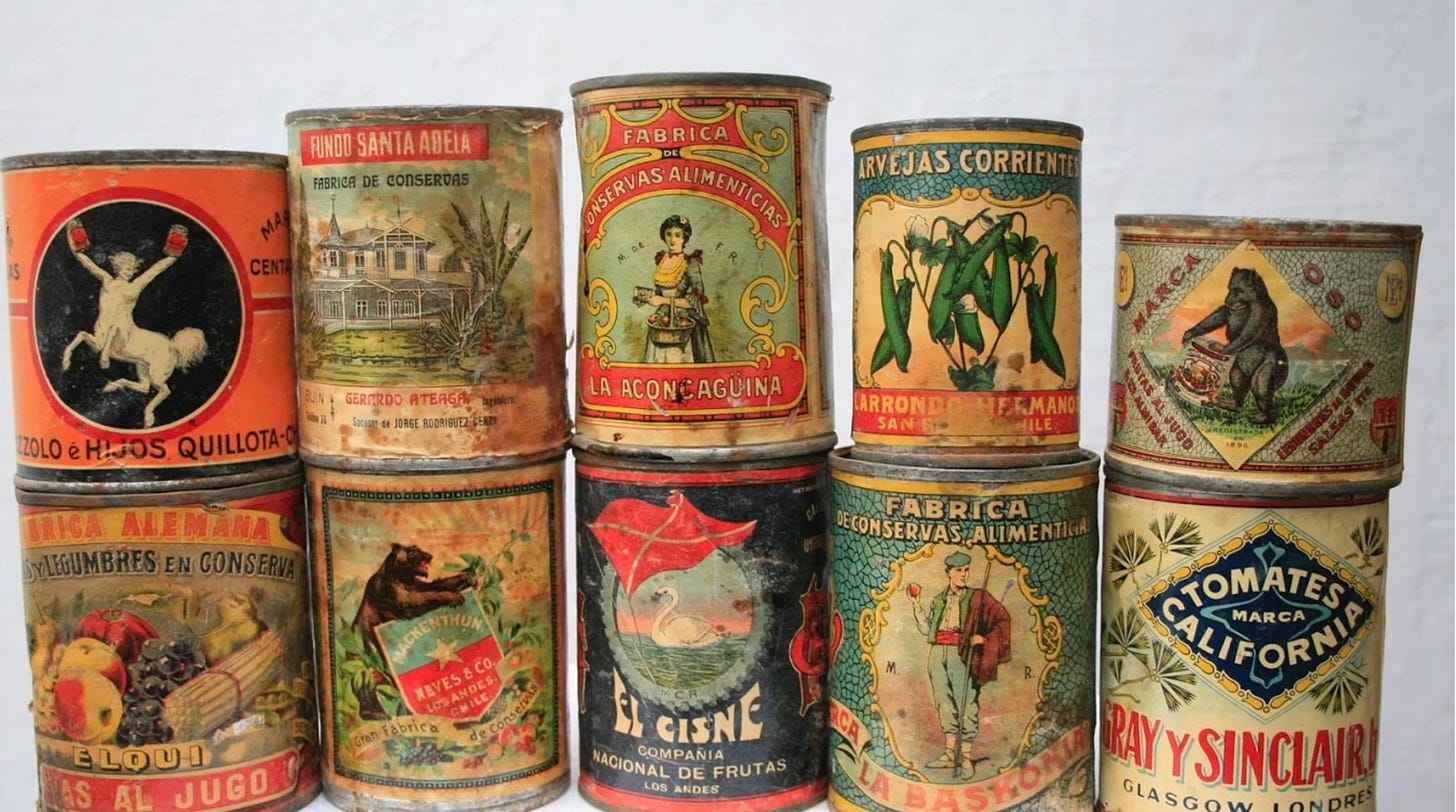
One of the greatest joys of being a person who writes about food is talking to people about what food means to them. Food is nostalgia and nostalgia is food. And it’s deeply interesting what that brings up for people. What memories are conjured when you ask a person about soup? Where do they go down the corridors of their mind? What doors do they open? Which would they rather keep shut? What is hanging out in the hallway – ready and waiting to be revealed?
I ran into my friend who gave me the Habitant Soup at a party last Friday night. I asked him about his earliest memory of the soup, and he quickly recalled a scene: He was a young child and he was in Vermont with his father who worked as an antique dealer. They were at a woman’s house sourcing some furniture. Bored, he complained he was hungry. And he remembers the woman opened up a can of Habitant Soup for him. He sat at her table in the Vermont countryside slurping up his soup while the adults attended to business. A fuzzy soup memory, from many decades ago, magically brought to the fore.
What are yours?
Edible History is a reader supported newsletter. To support my work and gain access to the full archive of posts consider upgrading to become a paid subscriber.
Like what you’re reading? Get a copy of my book, A History of The World in Ten Dinners (Rizzoli) available here and here.


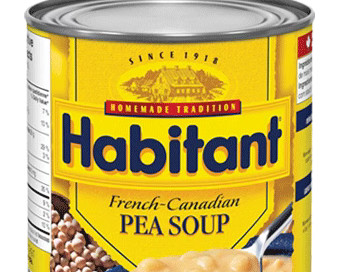



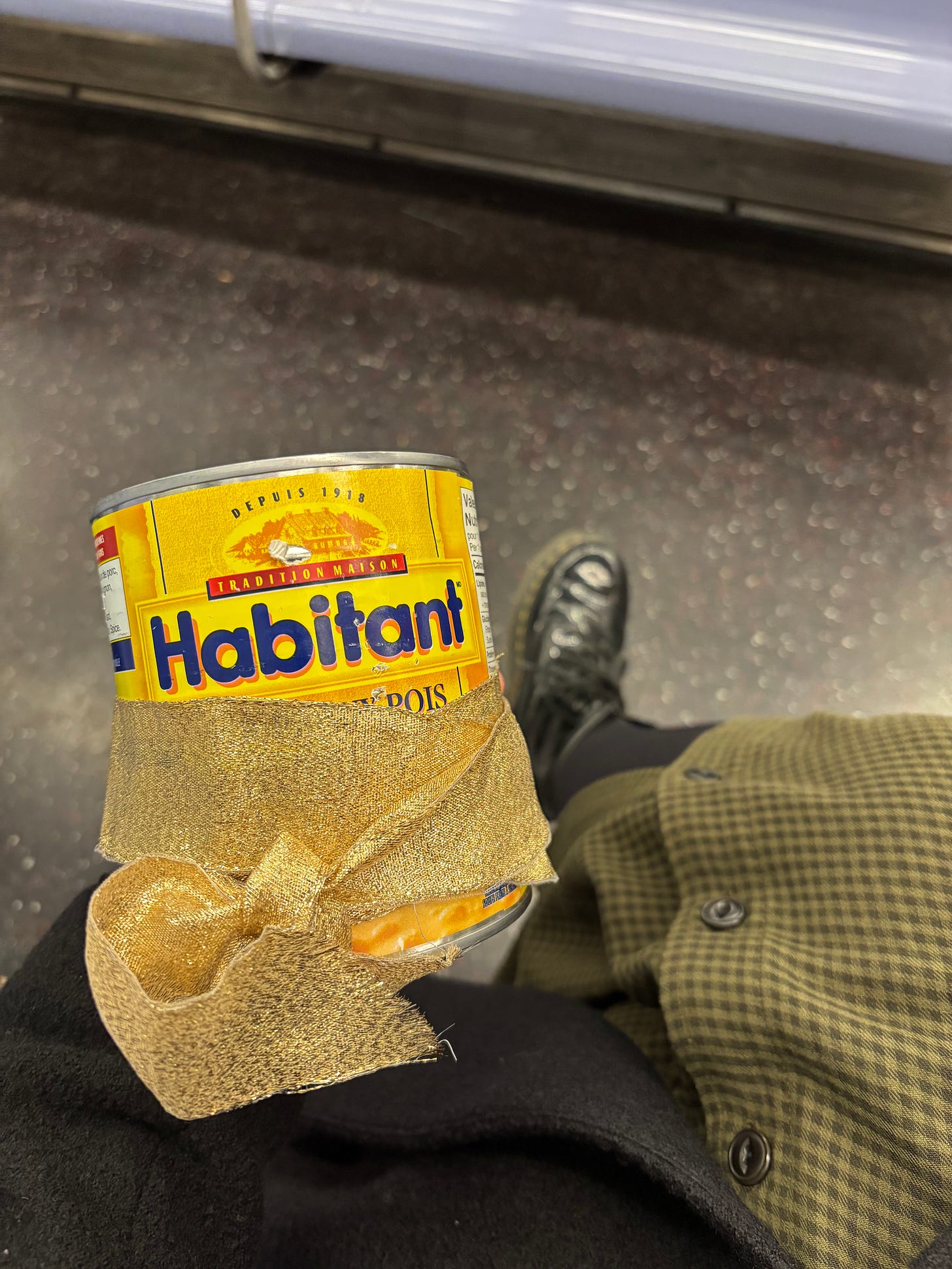

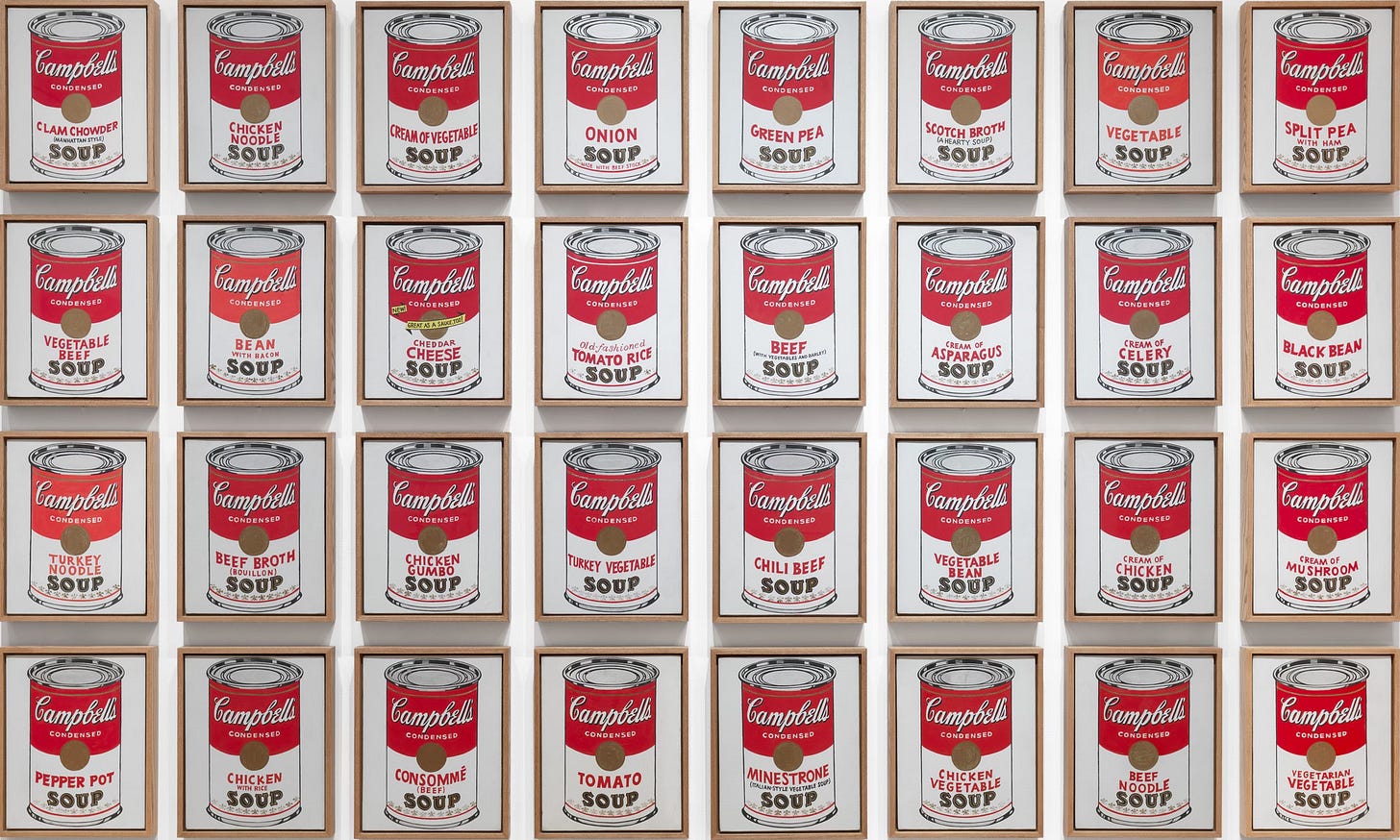

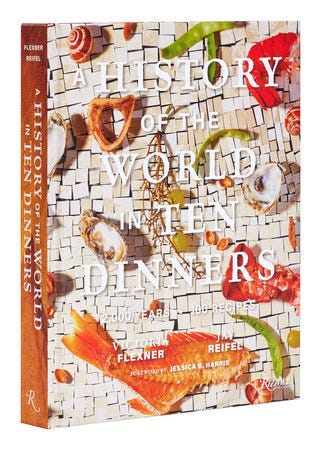
This is just a fun post. Who'd've thought a simple can of soup could spark so many interesting conversations? (I also love that your can of soup came with a festive gift ribbon!)
"So if I may boldly suggest taking any practice into the new year, perhaps take this: reach out to that person who is on your mind but you haven’t talked to in a while. Wonderful conversations can unfold - even about soup."
Thank you for this reminder. I've been meaning to catch up with a former coworker since before the holidays; time for a little text :)
Your friend’s grandmother is an icon for that lol! I love hearing about family lore and legends.
One of my favorite soups is my grandmother’s conch water. It’s a soup made with conch and what we call provisions (root vegetables like carrot and potato). I still haven’t managed to perfect the recipe myself, so I only have it when my grandmother makes it or when I go back home to St. Kitts. The rarity makes it taste even better.